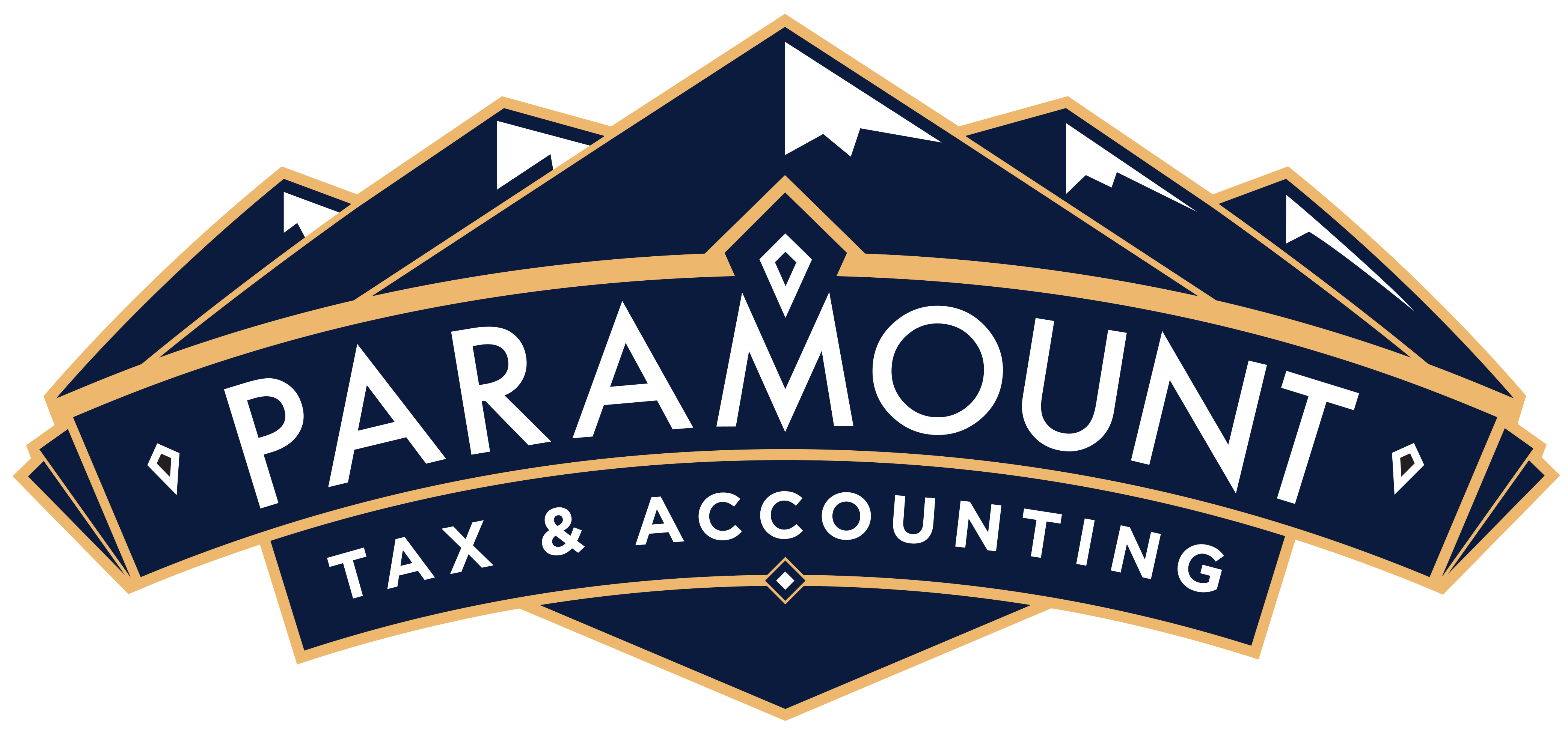Paramount Tax & Accounting Redlands Blog
Featured Articles March 2018 - Redlands
Posted on Mar 12th 2018
The health care law contains tax provisions that affect employers. The size and structure of a workforce--small or large--helps determine which parts of the law apply to which employers. Calculating the number of employees is especially important for employers that have close to 50 employees or whose workforce fluctuates during the year. Here is some info on employer responsibilities under the ACA, brought to you by our accounting firms Redlands. Contact Paramount Tax & Accounting Redlands to learn more.
Featured Articles February 2018 - Redlands
Posted on Feb 7th 2018
You should receive a Form W-2, Wage and Tax Statement, from each of your employers for use in preparing your federal tax return. Employers must furnish this record of 2017 earnings and withheld taxes no later than January 31, 2018 (allow several days for delivery if mailed). Here's what to do if you're missing important tax forms, brought to you by our tax accountants Redlands. Contact Paramount Tax & Accounting Redlands to learn more.
Featured Articles for January 2018 - Redlands
Posted on Jan 22nd 2018
Summary of all posts for January 2018 from Paramount Tax & Accounting Redlands, brought to you by our accounting firms Redlands. Contact Paramount Tax & Accounting Redlands to learn more.
5 QuickBooks Reports You Need to Run in January - Redlands
Posted on Jan 10th 2018
Getting all of your accounting tasks done in December is always a challenge. Besides the vacation time you and your employees probably took for the holidays, there are those year-end, "Let's-wrap-it-up-by-December-31" projects. Contact us at Paramount Tax & Accounting Redlands to learn more about our small business accounting services in Redlands.
Late-Filing Penalty Relief for Partnerships - Redlands
Posted on Jan 10th 2018
The Surface Transportation and Veterans Health Care Choice Improvement Act of 2015 (Surface Transportation Act) changed the date by which a partnership, real estate mortgage investment conduits (REMICs), or other entity must file its annual return. For calendar year filers, the due date for filing the annual return or request for an extension changed from April 15 (April 18 in 2017) to March 15. Contact Paramount Tax & Accounting Redlands's CPA firm in Redlands to learn more.


